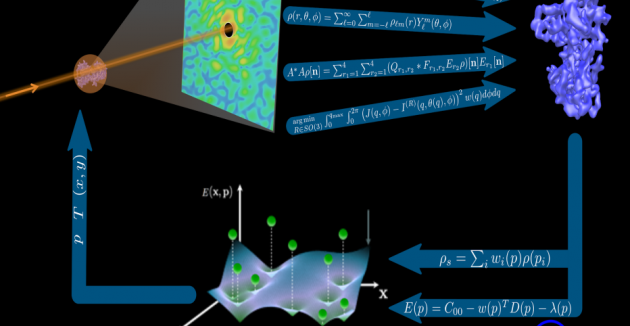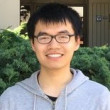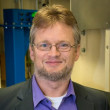
AI to accelerate, autonomously control, and understand experiments
Multi-tiered iterative projections accurately interpret scattering images from light source data, and Gaussian processes (gpCAM) suggest and drive new experiments.
About
The Mathematics for Experimental Data Analysis Group researches, invents, designs, and implements state-of-the-art new mathematics and algorithms to advance the analysis of experimental data coming from Department of Energy (DOE) facilities, with a particular emphasis on synchrotron light sources.
The work of the group is a mix of core research, applied algorithms, and implemented software. Mathematical and computational techniques include a broad range of fields, including aspects of partial differential equations, computational harmonic analysis, machine learning, image analysis, and dimensional-reduction, Gaussian processes, and statistical and Bayesian methods.
The group works in close collaborations across the Laboratory, with on-going joint projects with multiple groups within computing sciences, including the Mathematics Group and the Group for Software Design for Experimental Science, as well as with the Advanced Light Source, the Molecular Foundry, NERSC, and MBIB, and, in particular, the Center for Advanced Mathematics for Energy Research Applications (CAMERA).
Group Lead: Jeffrey Donatelli




























